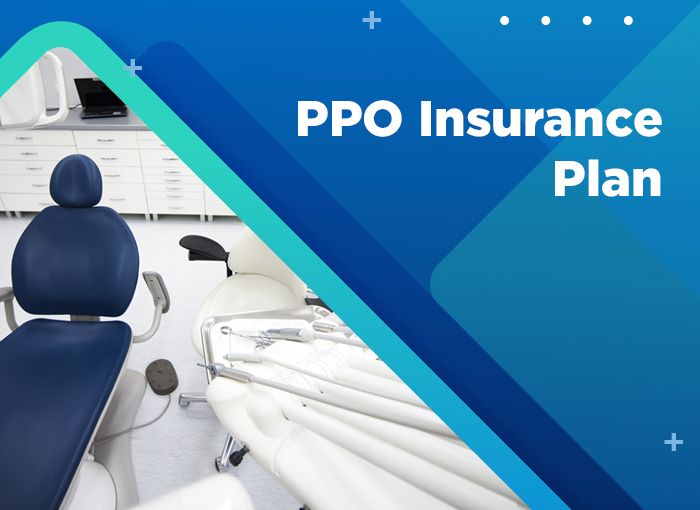Dental insurance is a great way to feel like you’re saving money. Whether purchased individually or through an employer, most plans have annual maximums that limit how much they’ll pay during a year. A preferred provider organization (PPO) is one of the most popular options. These plans offer lower rates and greater choice than traditional dental insurance plans.
Lower Out-of-Pocket Expenses
When you enroll in a PPO plan, you’re paying an insurance company monthly for the right to visit any dentist in their network. These dentists have agreed to accept the insurance company’s rate, often lower than they would charge. Even if you don’t use a provider from your plan’s network, the insurance company will still pay some of your bill based on the usual and customary fee (UCF). UCF is a set amount representing the average cost for a specific procedure across the country. This is one of the main advantages of a PPO dental insurance plan over an HMO, which requires you to choose a primary care dentist and get referrals to see specialists. While HMO plans are less expensive, the flexibility of a PPO is worth the extra cost for some people. This is especially true if you rarely go out of network and only need to use your dental coverage when you have a toothache or require a major procedure. Having a lower annual maximum is also a benefit of PPO plans.
Access to a Wide Network of Dentists
PPO dental insurance plans offer a wider choice of dentists than HMOs. With an HMO dental plan, patients must choose a primary care provider and see only in-network dentists for their oral health needs. If a patient goes to an out-of-network dentist, the insurance company will pay only a percentage of the usual and customary rates. A PPO plan typically includes a network of dentists who have agreed to provide services at discounted rates to plan members. These lower fees help keep a dental plan’s cost affordable. Generally, a PPO deductible applies to non-preventive procedures before the program starts paying benefits. The benefits of a PPO include more choices, lower rates and easier access to quality care. As a result, they remain one of the most popular types of dental insurance. When selecting a dental plan, consumers should always check the specific details of any option to make sure it meets their unique needs and budget. A savvy consumer can also negotiate with dental providers to agree on a price for services less than what is listed in the insurance plan.
Preventive Care
Unlike HMO plans, PPOs usually offer more flexibility with a larger network of dentists and the ability to get some coverage when visiting out-of-network providers. This is important for individuals who prefer a certain provider or want to avoid being locked into an in-network-only option. Another benefit of a dental PPO plan is that it often covers preventive care or Type 1 services, such as dental exams and bitewing X-rays. These are essential to ensuring strong teeth and healthy gums, and studies show a direct link between oral health and overall wellness. In addition to covering the costs of preventive visits, many dental insurance plans also cover cleanings, fillings and other procedures. Depending on the project, this may be through a copay or a percentage of the dentist’s normal charge. Dental PPOs tend to offer the most flexible options regarding out-of-pocket costs, and they typically don’t require a deductible or have yearly maximums. A dental HMO or health maintenance organization (DHMO) plan is cheaper than a PPO. Still, it has more restrictions, such as requiring the use of in-network dentists and requiring referrals to see specialists.
Convenience
Dental Preferred Provider Organization (PPO) plans are one of the industry’s most popular types of insurance. They offer convenience by allowing members to choose dentists with contracts with the insurance company to agree to fees for their services, usually less than the providers normally charge. When members visit a dentist within the network, they typically do not have to pay a copay or submit a claim because the provider will file the claims for them. The provider also may negotiate with the insurance company to receive a higher payment for the service than they normally charge, saving the member money. When a plan member visits a dentist outside the network, they might have to pay a coinsurance percentage or submit a claim. For example, if the procedure costs $200, the plan member might have to pay up to the annual maximum, and the insurance company might cover the remaining amount after the deductible. Depending on the specifics of each plan, it is important to understand what costs are covered before choosing a plan.
Savings
The cost of dental insurance can seem high, but a little research and knowledge can make your plans more worth it. For example, a PPO plan with a lower annual maximum can save you more in the long run, especially for expensive procedures like crowns, root canals or dentures. It’s also a good idea to check how extensive the insurer’s dentist network is. Many insurers place caps on what they’ll pay each year, and if you visit a non-network dentist, you may have to cover the remaining amount after reaching the cap. Another benefit of PPO plans is that they offer more flexibility and a larger choice of dentists. This contrasts with Dental Health Maintenance Organization (DHMO) plans, which typically have a smaller provider network and require patients to visit their primary care dentist for referrals before seeing a specialist. This can be inconvenient, and it can increase the amount of time spent navigating the process. Also, DHMO plans often have a higher deductible than PPO plans. This can add up to a significant sum over the years.



